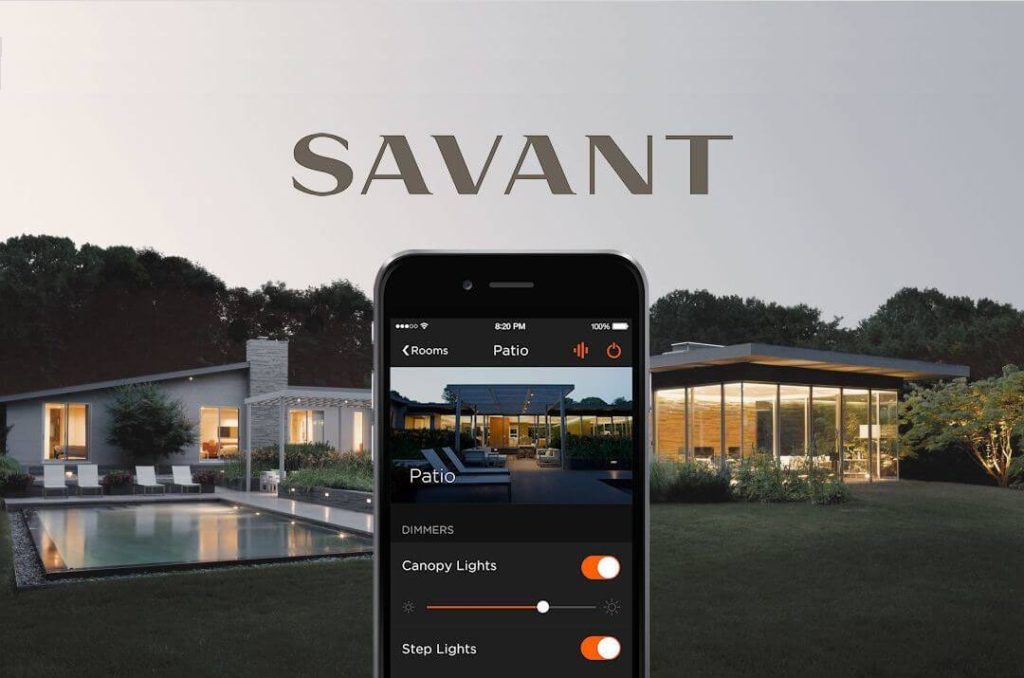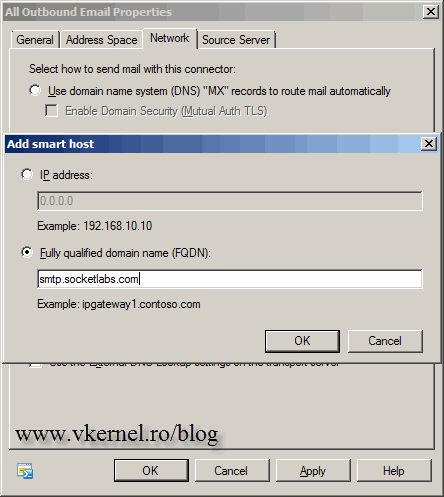

On the next page, in the Address space section, click Add. Alternatively, the servers may reside in a trusted, physically controlled network. The connection may be an Internet Protocol security (IPsec) association or a virtual private network (VPN). The connection is presumed to be secured by using a security mechanism that's external to Exchange. Generic Security Services application programming interface (GSSAPI) and Mutual GSSAPI authentication. This requires a server certificate on the smart host that contains the exact FQDN of the smart host that's defined on the Send connector. Offer basic authentication only after starting TLSīasic authentication that's encrypted with TLS.
SETUP SMART HOST SURGEMAIL PASSWORD
The username and password are sent in clear text. For example, when access to the smart host is restricted by the source IP address.īasic authentication. Valid values are: Authentication mechanism On the next page, in the Route mail through smart hosts section, select the authentication method that's required by the smart host. You can enter multiple smart hosts by repeating Step 3. Note that the Exchange source servers for the Send connector must be able to resolve the smart host in DNS by using this FQDN. In the Add smart host dialog box that appears, identify the smart host by using one of the following values:įully qualified domain name (FQDN): For example,. On the next page, select Route mail through smart hosts, and then click Add. For more information about Send connector usage types, see Send connector usage types. Name: Enter a descriptive name for the Send connector, for example, Smart host to Internet. On the first page, enter the following information: This starts the New Send connector wizard. In the EAC, navigate to Mail flow > Send connectors, and then click Add. Use the EAC to create a Send connector that uses smart host routing Visit the forums at: Exchange Server, Exchange Online, or Exchange Online Protection. Having problems? Ask for help in the Exchange forums. To see what permissions you need, see the "Send connectors" entry in the Mail flow permissions topic.įor information about keyboard shortcuts that may apply to the procedures in this topic, see Keyboard shortcuts in the Exchange admin center. You need to be assigned permissions before you can perform this procedure or procedures. For more information, see Delivery Agents and Delivery Agent Connectors and Foreign Connectors. If it doesn't, you need to use a Delivery Agent connector or a Foreign connector. The smart host described in this topic needs to use SMTP to transmit messages. After the installation you can use the steps in this topic to create your outbound connector. See Deploy a new installation of Exchange Server if you're beginning your installation. What do you need to know before you begin? For example, your organization may have an appliance that scans outbound mail for spam and malware.

Instead of routing all outbound messages directly to the Internet, you may need to route your organization's outbound mail through a third-party smart host.


 0 kommentar(er)
0 kommentar(er)
